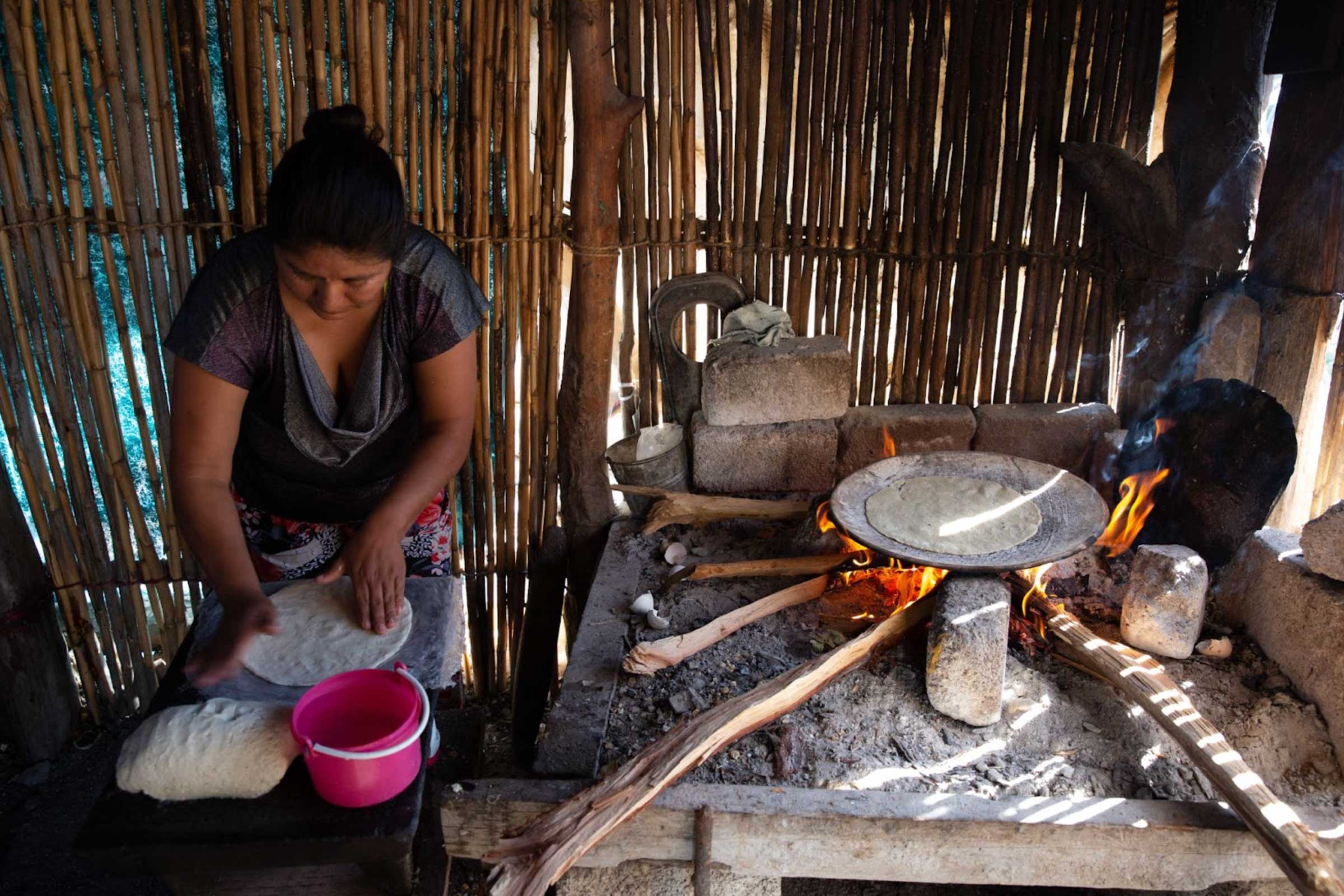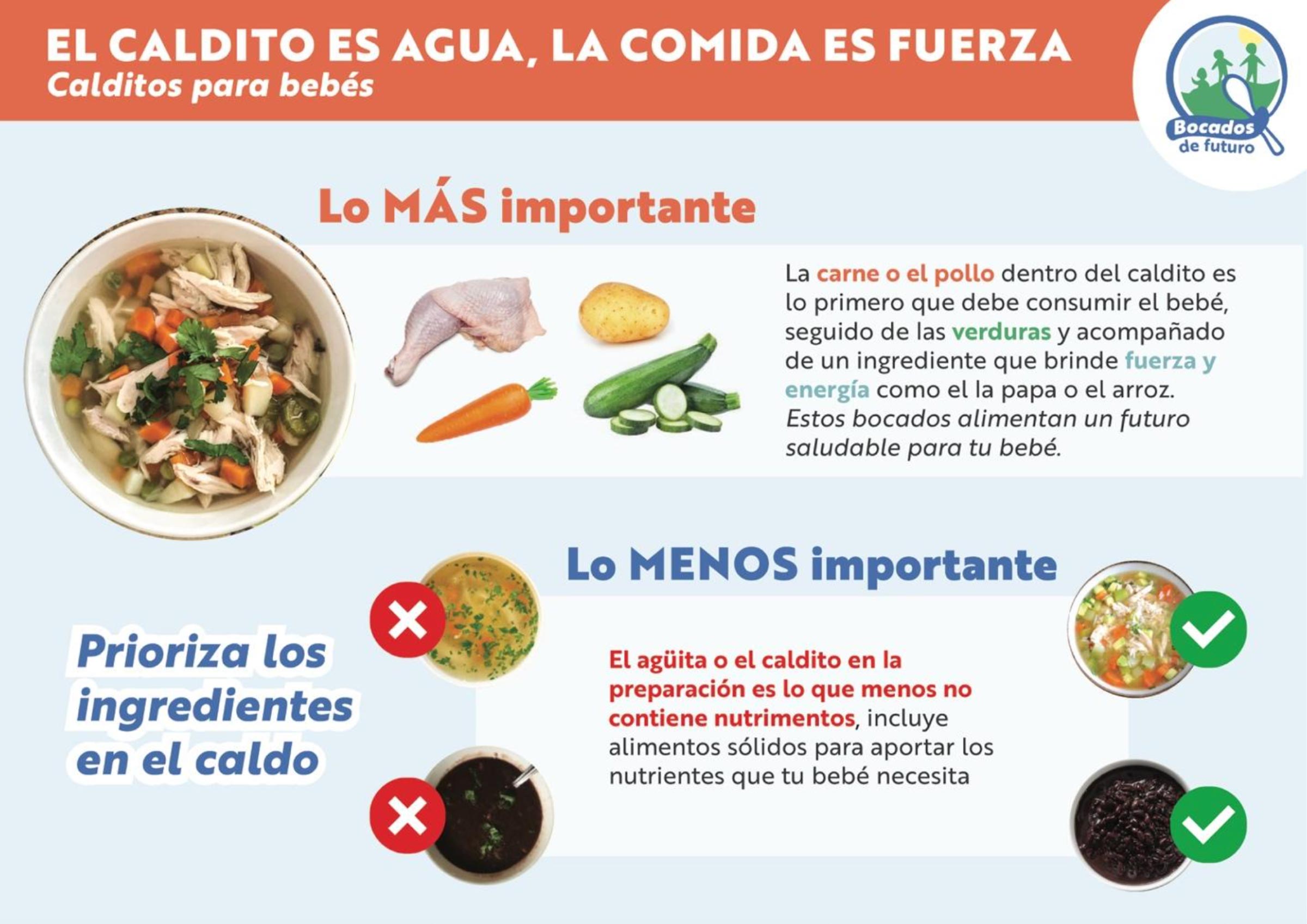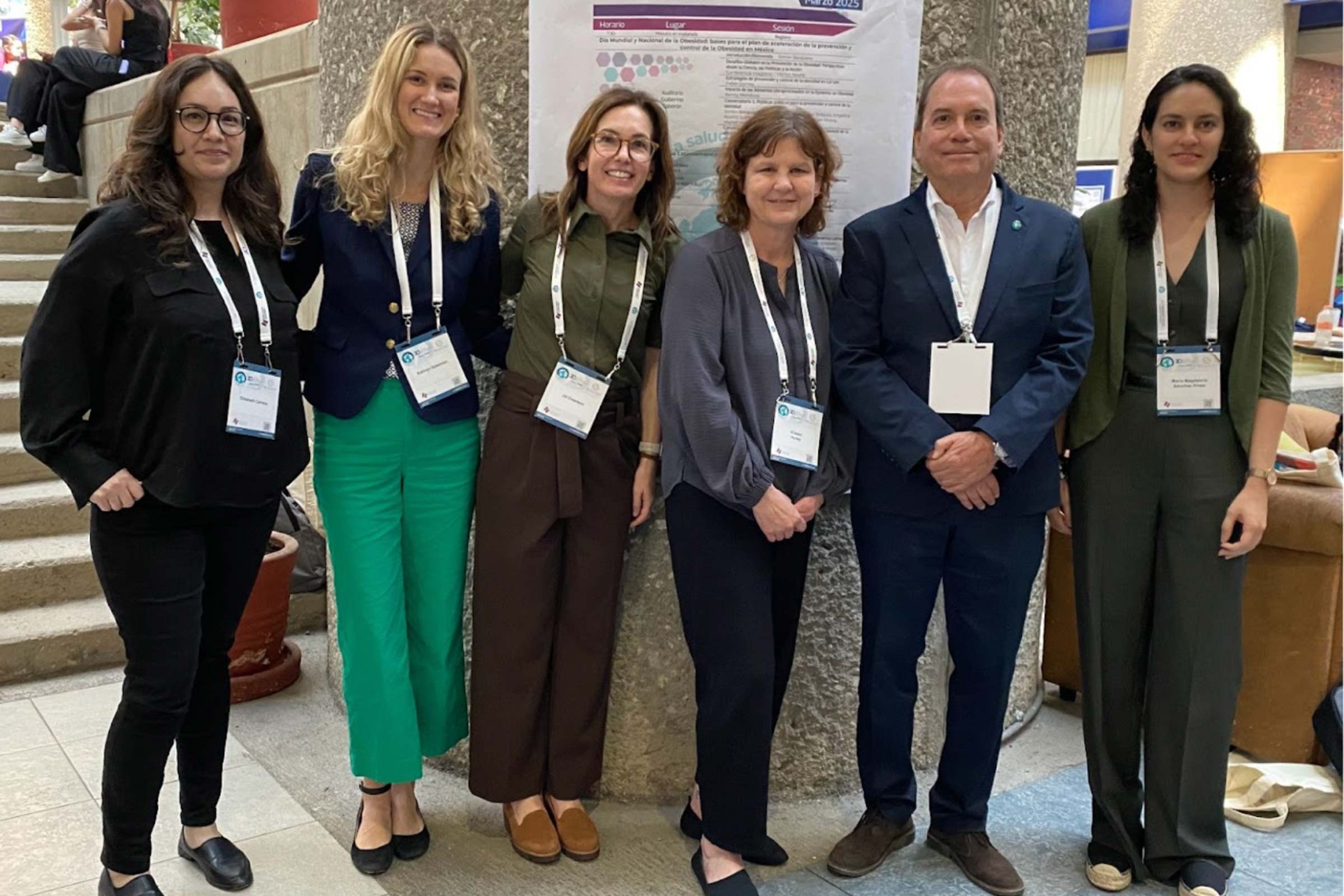Calditos and Counseling: Insights into Complementary Feeding Practices in Mexico
By Dr. Enrique Rios, Program Director, Mexico at Vitamin Angels

In the communities of Oaxaca, Mexico, calditos are a major component of many young children’s diets. Caregivers rely heavily on them, but these water-based broths are low in nutrients compared to meat, eggs, and beans.
This was one of my team’s findings in a recent study we conducted in three regions in Oaxaca: Valles Centrales, Istmo and Costa. We saw that mothers often lack knowledge, time, and purchasing power to feed their babies a diet that sufficiently meets their children’s growing nutritional needs. We found that caregivers don’t receive counseling on appropriate diets for their young children from their local health workers and learned that these health workers weren’t equipped with the training, tools, and support to educate their patients or the wider community about optimal complementary feeding practices.

Guadalupe prepares tortillas for her family’s meal. Vitamin Angels and our partners recently conducted a study in Oaxaca to learn more about the diets families feed their young children as they grow.
Starting at six months old, the World Health Organization recommends that complementary foods and liquids be introduced into an infant’s diet, along with continued breastfeeding to promote optimal growth and development. Specific evidence-based complementary feeding behaviors have been shown to improve health outcomes and reduce malnutrition, especially stunting and wasting, in children aged 6 to 23 months. Improving complementary feeding is an important goal in Mexico, where 14.1% of children under five are chronically malnourished.
My colleagues and our partners sought to better understand complementary feeding practices in Mexico, as there was very little data available. The focus of our formative research in Oaxaca—which we carried out in partnership with ThinkPlace, Un Kilo de Ayuda A.C., and the National Institute of Public Health of Mexico (INSP)—used an implementation science framework to understand what, how, and why primary caregivers feed their children aged 6 to 23 months. We also sought to determine which factors and community members could successfully influence these behaviors, and to design interventions to improve complementary feeding practices.
This collaborative research found that young children’s diets lacked diversity, and that the consistency and quantity of food were not adequate for their developmental needs. Children aged 6 to 11 months consumed low quantities of animal-based foods, and this was attributed to fears related to the risk of choking, misconceptions about their suitability for young children, and deeply rooted cultural norms. For example, caregivers believed that traditional calditos broths were highly nutritious, while in fact, they limit adequate caloric and protein intake.

Vitamin Angels and our partners are working to improve educational materials to teach parents about nutritious diets for their young children. This example shows the importance of adding more protein sources and vegetables into children’s foods, including calditos.
These practices—and the limited support offered within the health system—occurred in both urban and rural communities, and among both indigenous and non-indigenous populations. This suggests that the barriers and challenges to optimal complementary feeding practices are present in diverse contexts within Oaxaca, regardless of specific geographic or cultural factors.
Vitamin Angels and our partners are now using the results of this study to design a social and behavior change strategy to improve complementary feeding and related interventions. One example: we will work to strengthen the capacity of health workers to improve the quality of complementary feeding counseling by addressing gaps in nutrition knowledge and counseling skills. We are also looking for opportunities to strengthen materials, like handouts and interactive activities for mothers and fathers at community groups, to strengthen knowledge of feeding practices and increase family support.
This collaborative and evidence-based approach seeks to address the identified gaps and promote better nutrition for children in Oaxaca and—eventually—other regions across Mexico, thus contributing to improved child health in highly vulnerable contexts.
Last month, I attended the 20th Congress on Public Health Research (CONGISP), where Vitamin Angels hosted a symposium. Together with our partners and attendees, we discussed opportunities to improve nutrition in pregnancy and early childhood in Mexico. We presented the results of our research on complementary feeding in Oaxaca, as well as our other research projects on multiple micronutrient supplementation (MMS) in pregnancy across multiple states and breastfeeding support in Yucatán.

The Vitamin Angels team at CONGISP
Our session provided valuable insights into the challenges and opportunities that public health nutrition programs face in Mexico. Our discussions highlighted the importance of local adaptation in program design, particularly in improving MMS adherence and breastfeeding practices. Our event featured contributions from key organizations:
- The Instituto Nacional de Salud Pública (INSP) presented an evaluation of breastfeeding services in Yucatán.
- ThinkPlace shared insights on the human-centered approach to improving complementary feeding practices in Oaxaca.
- Un Kilo de Ayuda discussed their work on integrating this approach into local programs.
- Vitamin Angels led conversations on the importance of prenatal nutritional counseling and MMS.
The need for better integration of nutrition support into health systems was emphasized by all, along with the need to ensure that healthcare staff are adequately trained and supported. Based on what we’ve learned, looking ahead, ongoing community engagement, continuous professional development for healthcare providers, and a focus on sustainable, culturally relevant solutions are critical to improving maternal and child nutrition across Mexico.
I left CONGISP energized, knowing that Mexico is not holding back or sitting still when it comes to protecting the health of its most nutritionally vulnerable people. I saw a shared vision among the partners we met with and the organizations that presented: we all understand that prioritizing and investing in nutrition can make a transformative difference in the lives of children and help improve the health and wellbeing of future generations.
Learn more about Vitamin Angels’ interventions in Mexico: https://vitaminangels.org/case-studies/vitamin-angels-supports-maternal-and-child-health-in-mexico/
